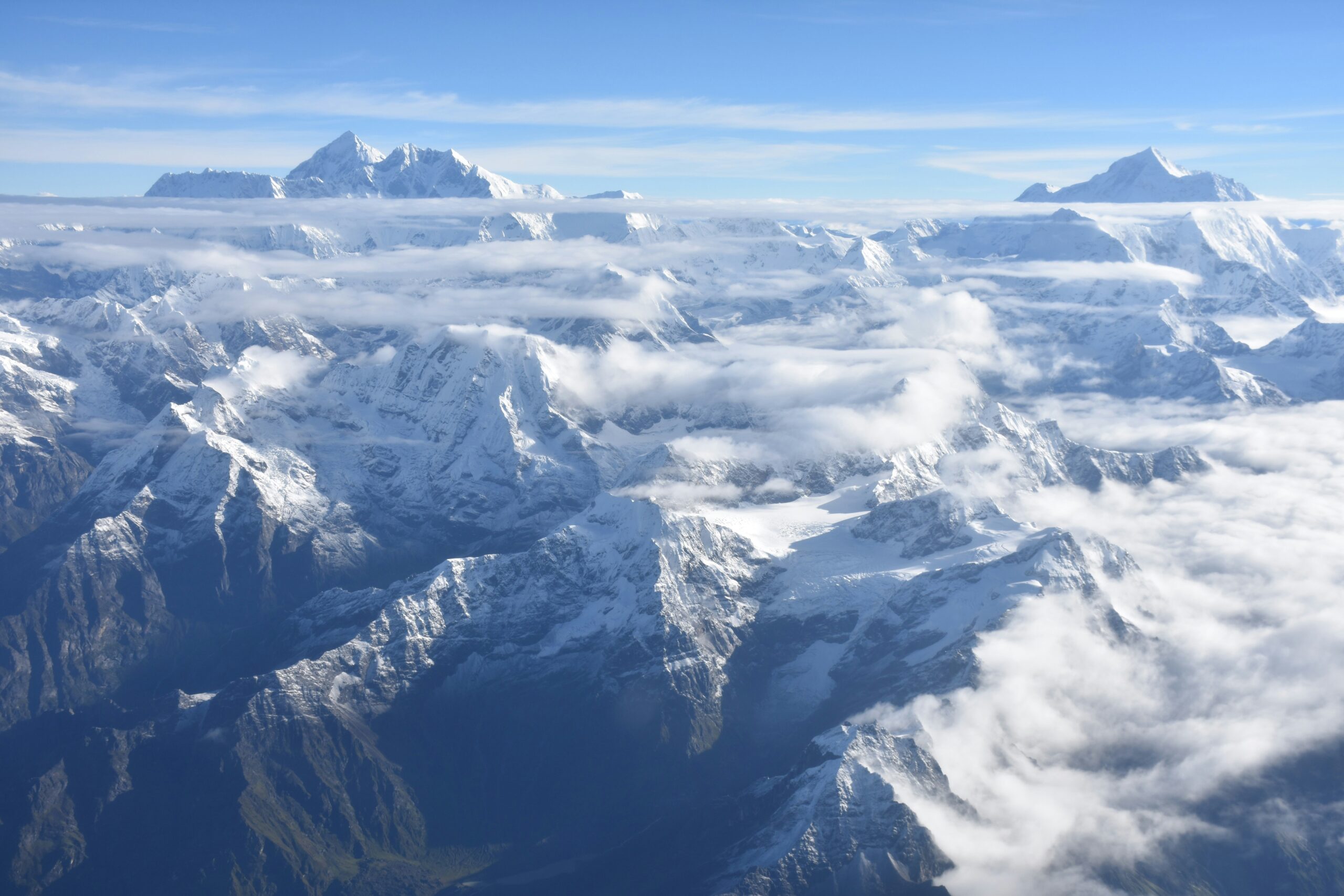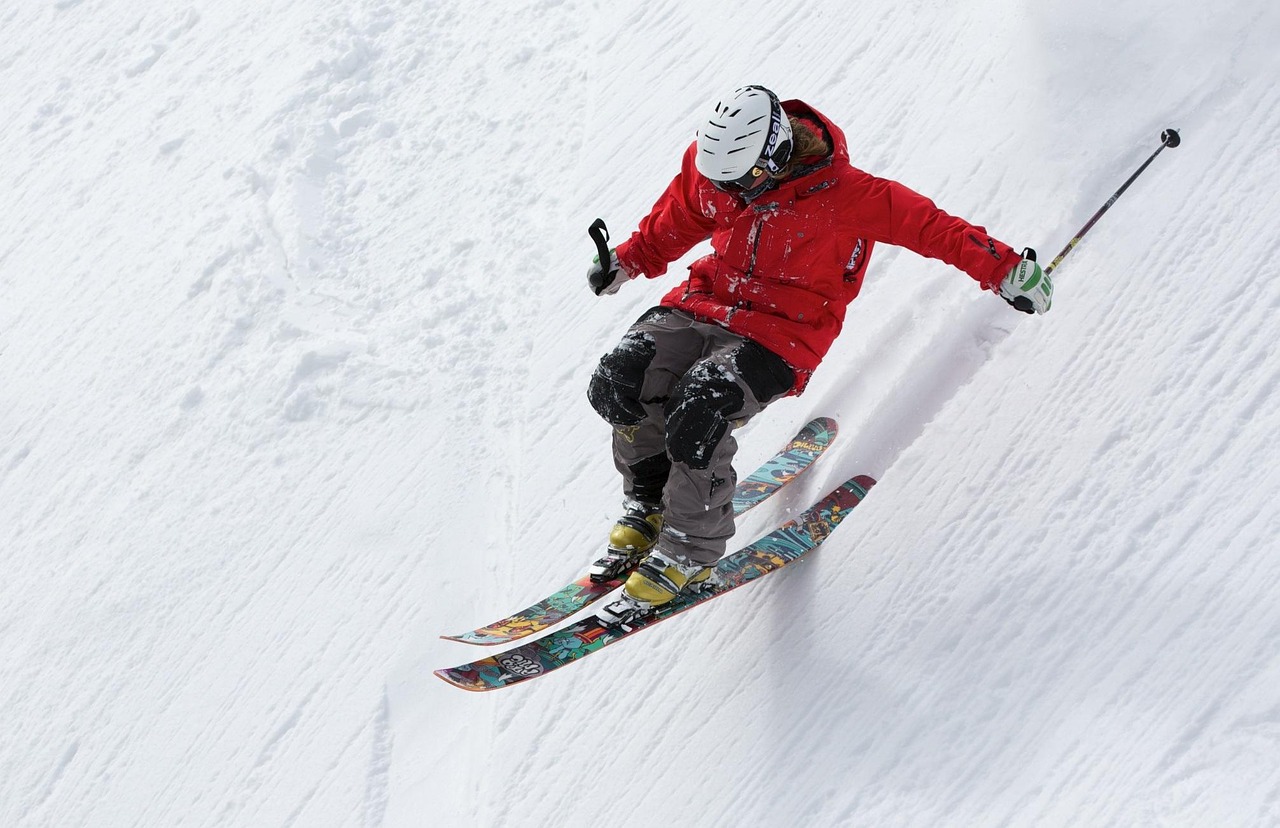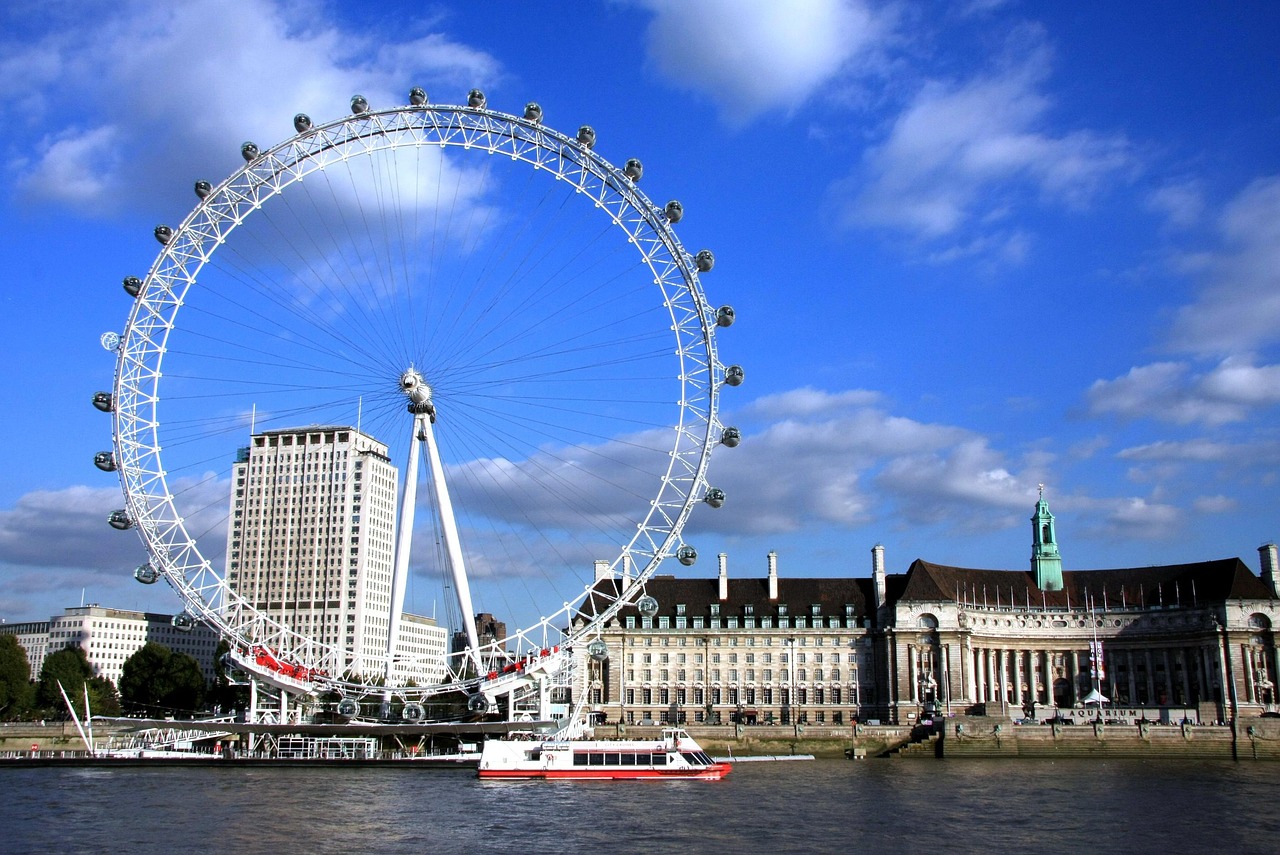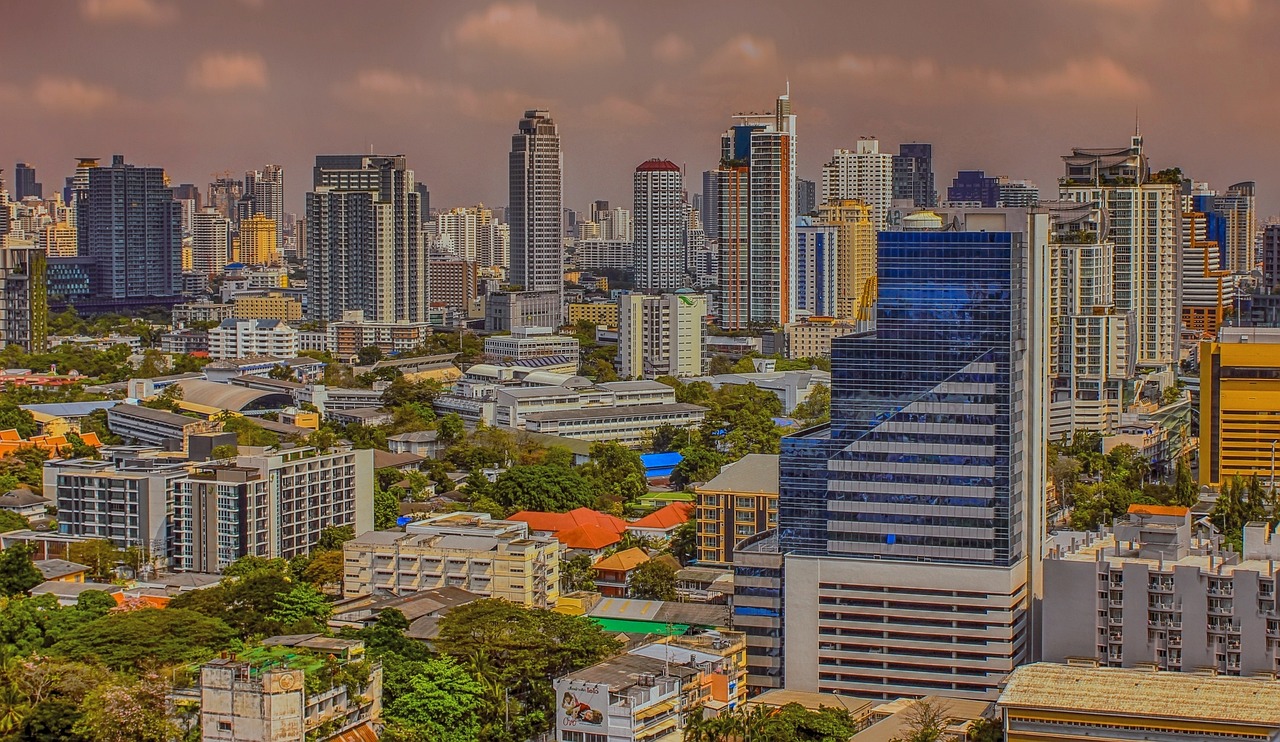Imagine standing at the edge of a misty valley, the crisp mountain air filling your lungs as snow-capped peaks tower above like ancient guardians. That’s the magic of backpacking in the Himalayas—a journey that tests your limits while rewarding you with unparalleled beauty. As someone who’s stumbled through my first trek feeling woefully unprepared, only to emerge transformed, I can tell you it’s an adventure worth every blister. This guide draws from real experiences, expert insights, and lessons learned on the trail to help newcomers like you navigate this epic region safely and memorably.
What is Backpacking in the Himalayas?
Backpacking in the Himalayas isn’t just hiking; it’s an immersive exploration of one of the world’s most diverse mountain ranges, spanning countries like India, Nepal, and Bhutan. For beginners, it often means multi-day treks staying in teahouses or tents, carrying essentials on your back, and connecting with local cultures. Unlike casual day hikes, these trips involve altitudes over 3,000 meters, where nature’s raw power—think glacial rivers and rhododendron forests—demands respect and preparation.
Why Choose the Himalayas for Your First Backpacking Adventure?
The Himalayas offer a perfect entry point for novice adventurers, blending stunning scenery with accessible trails that build confidence. Routes like the Annapurna Base Camp provide jaw-dropping views without extreme technical skills, while cultural encounters with Sherpa villages add depth. It’s not just about the peaks; it’s the personal growth from overcoming challenges, like that time I pushed through rain-soaked paths, emerging stronger and more attuned to the world around me.
Preparing for Your Trip
Preparation is your best ally against the Himalayas’ unpredictability. Start months ahead to build stamina and gather knowledge, turning potential pitfalls into triumphs.
Physical and Mental Preparation
Train with daily walks, gradually adding elevation via stairs or hills to mimic trail conditions—aim for 10,000 steps a day. Mentally, practice mindfulness to handle solitude or fatigue; journaling helped me during tough ascents. Consult a doctor for altitude readiness, as acclimatization is key to avoiding sickness on these high paths.
Essential Gear and Packing List
Pack light but smart—your backpack should weigh no more than 10-15% of your body weight for comfort. Focus on layers for variable weather, and don’t skimp on quality boots to prevent blisters. Remember, gear like a water purifier saves money and reduces plastic waste in these fragile ecosystems.
Here’s a curated packing list for beginners:
- Clothing: Moisture-wicking base layers (2-3 sets), fleece jacket, waterproof shell, thermal underwear, quick-dry pants (2 pairs), wool socks (3 pairs), hat, gloves, and sunglasses.
- Footwear: Sturdy trekking boots with ankle support, camp sandals.
- Backpack and Accessories: 40-60L backpack with rain cover, daypack for side trips, trekking poles for stability.
- Sleeping and Shelter: Sleeping bag rated to -10°C, inflatable mat (if camping).
- Health and Safety: First-aid kit (bandages, pain relievers, altitude meds like Diamox), water purification tablets, headlamp, multi-tool.
- Navigation and Tech: Offline maps app (e.g., Maps.me), portable charger, whistle.
| Item Category | Pros | Cons |
|---|---|---|
| Trekking Boots | Excellent grip and support on rocky terrain | Can be heavy; break them in to avoid blisters |
| Layered Clothing | Versatile for temperature swings | Requires careful packing to avoid bulk |
| Trekking Poles | Reduce knee strain by up to 25% | Extra weight if not used properly |
For detailed gear recommendations, check out resources from trusted sites like Lonely Planet.
Best Time to Go

Timing your trip aligns with clear skies and milder conditions—spring (March-May) and autumn (September-November) are ideal for beginners, offering blooming flowers or golden foliage without extreme cold. Avoid monsoon (June-August) due to landslides and leeches, unless you’re in rain-shadow areas like Upper Mustang. Winter (December-February) suits snow lovers but demands experience for icy trails.
Popular Beginner Routes
The Himalayas boast trails for every skill level. Start with these forgiving yet rewarding paths, where gradual ascents build your endurance.
Everest Base Camp Trek (Nepal)
This iconic 12-14 day trek to 5,364m weaves through Sherpa villages and rhododendron forests, culminating at the foot of the world’s highest peak. Beginners love the teahouse stays and cultural immersion, though altitude is the main challenge—acclimatize in Namche Bazaar for success.
Annapurna Base Camp Trek (Nepal)
A 7-10 day moderate hike to 4,130m, surrounded by Annapurna massif views. The trail’s diversity—from lush valleys to glacial moraines—makes it beginner-friendly, with hot springs at Jhinu Danda as a relaxing bonus. Expect diverse weather, but the sense of achievement is immense.
Valley of Flowers Trek (India)
This 6-8 day UNESCO-listed trek in Uttarakhand bursts with over 500 flower species in summer, reaching 3,658m. It’s easier on the legs with gentle slopes, perfect for flora enthusiasts, though monsoon timing (July-September) requires rain gear for slippery paths.
Compare these routes:
| Route | Duration | Difficulty | Highlights | Best For |
|---|---|---|---|---|
| Everest Base Camp | 12-14 days | Moderate | Sherpa culture, Everest views | Cultural immersion |
| Annapurna Base Camp | 7-10 days | Easy-Moderate | Diverse landscapes, hot springs | Scenic variety |
| Valley of Flowers | 6-8 days | Easy | Floral meadows, wildlife | Nature lovers |
These align with beginner-friendly options from experts.
Safety Tips for Himalayan Backpacking
Safety isn’t optional in the Himalayas—altitude sickness affects 50% of trekkers above 3,000m, so ascend slowly (no more than 500m per day) and hydrate constantly. Watch for symptoms like headaches; descend if they worsen. Hire local guides for navigation and emergency support—they know hidden risks like unstable bridges.
Pros and Cons of Solo vs. Guided Treks:
- Solo Pros: Freedom, cost savings; Cons: Higher risk, no immediate help.
- Guided Pros: Expertise, shared loads; Cons: Less flexibility, added expense.
Always carry insurance covering evacuations, as helicopters can cost thousands.
Cultural Etiquette and Responsible Travel
Respect fuels meaningful connections—greet with “Namaste” and remove shoes in homes or temples. Avoid pointing feet at people or sacred sites, a cultural faux pas. Practice Leave No Trace: pack out trash, support eco-lodges, and buy local crafts to sustain communities. My trek taught me that small acts, like sharing tea with villagers, create lasting bonds.
Budgeting Your Trip
Backpacking here is affordable—expect $30-50 daily for food, lodging, and transport in Nepal or India. Permits (e.g., TIMS card: $20) and flights to trailheads add up, but teahouses keep costs low at $5-10/night. Total for a 10-day trek: $500-800, excluding flights.
Sample Budget Breakdown:
| Expense | Cost (USD) | Tips |
|---|---|---|
| Flights to Kathmandu/Delhi | 300-600 | Book early for deals |
| Trek Permits/Entry Fees | 20-50 | Required for national parks |
| Accommodation (Teahouses) | 50-100 (total) | Includes basic meals |
| Food and Water | 100-150 | Stick to dal bhat for value |
| Guide/Porter (Optional) | 200-300 | Share costs in groups |
| Gear Rental | 50-100 | Rent in trailhead towns |
Shop smart—bargain for gear in Thamel, Kathmandu.
Personal Stories from the Trail
On my maiden trek to Triund in India, I underestimated the steep switchbacks, my legs burning like fire halfway up. But sharing laughs with fellow hikers over instant noodles at a viewpoint turned exhaustion into exhilaration. Another time, in Nepal’s Langtang Valley, a sudden snowstorm forced us into a shepherd’s hut—his tales of mountain spirits over butter tea warmed more than the fire. These moments, laced with light humor (like slipping on yak dung for the umpteenth time), remind me why we chase these heights: the raw humanity amid grandeur.
One trekker shared on X: “Trekking to Sabhapokhari was raw—no hotels, just cooking under stars, fearing wildlife, but bonding with locals made it epic.” It’s these unscripted adventures that etch the Himalayas into your soul.
People Also Ask
Based on common Google queries:
- What is the easiest Himalayan trek for beginners? Nag Tibba in India—short, scenic, with panoramic views and minimal altitude gain.
- How do I prevent altitude sickness? Ascend gradually, stay hydrated, avoid alcohol, and consider meds like Diamox after consulting a doctor.
- Do I need a guide for Himalayan backpacking? For beginners, yes—guides ensure safety and enrich cultural insights, especially on remote paths.
- What permits are required? In Nepal, TIMS and park entries; in India, forest permits—get them at trailheads or online.
- Where to buy trekking gear? Kathmandu’s Thamel or Delhi’s markets for affordable options; rent to save.
FAQ
Q: How fit do I need to be for a beginner Himalayan trek?
A: Moderately fit—able to walk 5-10km daily with elevation. Start training 2-3 months prior with cardio and strength exercises.
Q: Is backpacking in the Himalayas safe for solo female travelers?
A: Yes, with precautions like joining groups or hiring guides. Trails are populated, but stick to popular routes and inform someone of your plans.
Q: What’s the best app for Himalayan trekking?
A: AllTrails or Gaia GPS for offline maps; Wikiloc for user-shared routes.
Q: How much water should I drink daily?
A: 3-4 liters to combat dehydration and altitude effects—purify from streams to stay eco-friendly.
Q: Can I do a Himalayan trek on a tight budget?



